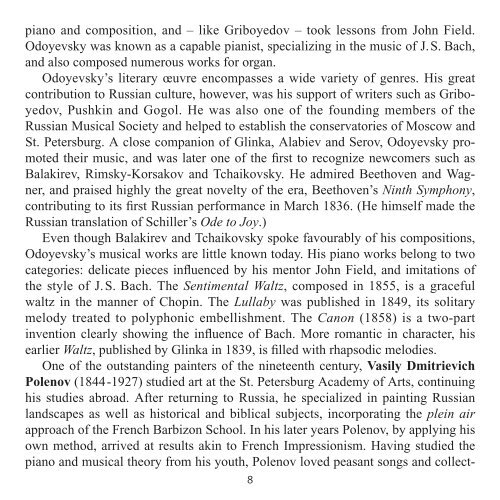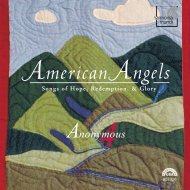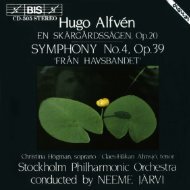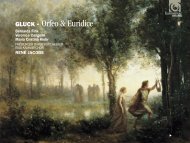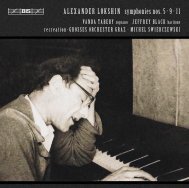Untitled - eClassical
Untitled - eClassical
Untitled - eClassical
You also want an ePaper? Increase the reach of your titles
YUMPU automatically turns print PDFs into web optimized ePapers that Google loves.
piano and composition, and – like Griboyedov – took lessons from John Field.<br />
Odoyevsky was known as a capable pianist, specializing in the music of J.S. Bach,<br />
and also composed numerous works for organ.<br />
Odoyevsky’s literary œuvre encompasses a wide variety of genres. His great<br />
contribution to Russian culture, however, was his support of writers such as Griboyedov,<br />
Pushkin and Gogol. He was also one of the founding members of the<br />
Russian Musical Society and helped to establish the conservatories of Moscow and<br />
St. Petersburg. A close companion of Glinka, Alabiev and Serov, Odoyevsky promoted<br />
their music, and was later one of the first to recognize newcomers such as<br />
Balakirev, Rimsky-Korsakov and Tchaikovsky. He admired Beethoven and Wagner,<br />
and praised highly the great novelty of the era, Beethoven’s Ninth Symphony,<br />
contributing to its first Russian performance in March 1836. (He himself made the<br />
Russian translation of Schiller’s Ode to Joy.)<br />
Even though Balakirev and Tchaikovsky spoke favourably of his compositions,<br />
Odoyevsky’s musical works are little known today. His piano works belong to two<br />
categories: delicate pieces influenced by his mentor John Field, and imitations of<br />
the style of J.S. Bach. The Sentimental Waltz, composed in 1855, is a graceful<br />
waltz in the manner of Chopin. The Lullaby was published in 1849, its solitary<br />
melody treated to polyphonic embellishment. The Canon (1858) is a two-part<br />
invention clearly showing the influence of Bach. More romantic in character, his<br />
earlier Waltz, published by Glinka in 1839, is filled with rhapsodic melodies.<br />
One of the outstanding painters of the nineteenth century, Vasily Dmitrievich<br />
Polenov (1844-1927) studied art at the St. Petersburg Academy of Arts, continuing<br />
his studies abroad. After returning to Russia, he specialized in painting Russian<br />
landscapes as well as historical and biblical subjects, incorporating the plein air<br />
approach of the French Barbizon School. In his later years Polenov, by applying his<br />
own method, arrived at results akin to French Impressionism. Having studied the<br />
piano and musical theory from his youth, Polenov loved peasant songs and collect-<br />
8


